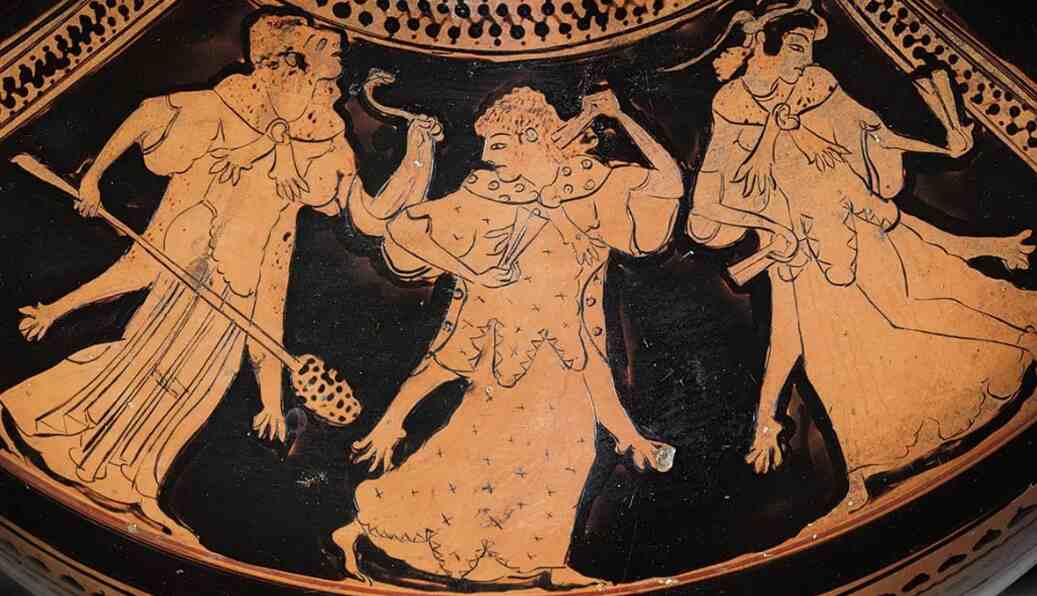For centuries, the world has been mesmerized by the rich history of Ancient Greek art, giving the world a unique peek into one of the most significant civilizations in history. Ranging from marble sculptures to colorful pottery and monumental architecture, Greek art was defined by a society that deeply believed in beauty, harmony, and innovation. What made Ancient Greek art so revolutionary, though, and how does it continue to influence us today?
In this article, we’ll dive into the defining features of Ancient Greek art, focusing on its profound influence on sculpture and architecture. Along the way, we’ll explore the art’s historical context, stylistic evolution, and lasting impact on modern aesthetics.
Table of Contents
ToggleHistorical Background of Ancient Greek Art
Greek art was very prominent between the 8th century BCE and the 1st century BCE, spanning many important periods:
- Geometric Period (900-700 BCE): Geometric patterns and shapes marked this period as particularly Greek. Pottery introduced many of the elaborate decorations that often featured scenes relevant to myths or daily life.
- Archaic Period (700-480 BCE): More naturalistic types of art representations arose at this time. During this period, also emerged the Archaic smile—a faint, enigmatic expression found in sculptures.
- Classical Period (480-323 BCE): Greek art was at its height, marked by realism, proportion, and balance. During this golden age, some of the most iconic works were created, including the Parthenon sculptures.
- Hellenistic Period (323-31 BCE): Art was more passionate and colorful during this period because this was when Greek culture expanded enormously, having conquered multiple cultures during the time.
Must read: Ancient Mesopotamian Art.
Development of Greek Sculpture: From Rigid to Realistic
Ancient Smile and Early Experimentation
In early Greek sculpture, one can truly see the Egyptian influences that abound, and that is often taken in the forms of kouros (male) and kore (female), stiffly upright figures with straight arms and straight legs, held at their sides.
Characterizing this age of Archaic statues were the features that gave an archaic appearance: the so-called Archaic smile. Those statues came alive with expressions, again though stylized because the anatomical limitation was minimal at this period but was much nearer to perfect realism found later.
Classical Period: The Emergence of Naturalism
The Classical Period was marked by an extreme artistic mutation: there, sculptors such as Phidias, Polykleitos, and Myron raised sculpture to novel heights by emphasizing naturalistic poses and lifelike anatomy.
The most celebrated achievement of the period is Polykleitos’ Doryphoros (Spear Bearer), which instituted the idea of contrapposto—a posture where the body’s weight appears shifted onto one leg, creating a sense of movement and balance.
Hellenistic Period: Feeling and Theatre
Hellenistic sculpture went beyond ideal forms to an emotional depth and dramatic composition. An example is the Laocoön Group and the Nike of Samothrace where people can see an intense expression and movement of dramatic elements.
Architectural Wonders: How Timeless Architecture Resides in Greek Shrines
Emergence of the Doric, Ionic, and Corinthian Orders
Greek architecture is especially renowned for its distinct column styles, known as orders:
- Doric: Simplest and also the strongest style among the three, with no base and plain capitals.
- Ionic: Characterized by scroll-like volutes, narrower and more decorated than those of other species.
- Corinthian: The most ornate style, Corinthian columns are adorned with rolled acanthus leaves.
These architectural designs were not only functional but even symbolic to express the Greeks’ love of harmony in proportion.
The Parthenon: A Monumental Greek Achievement
Arguably, the most famous temple built to honor Athena is the Parthenon, constructed during the year 432 BCE. It is a very fine example of Greek architecture in Doric order, slightly perfected with columns curving slightly outwards to negate optical illusions. Such refinement will then define perfection and exemplify the Greek search for the best.
Pottery: Storytelling Through Ceramics
While Greek sculpture and architecture are often the stars, pottery played a significant role in people’s daily lives and art.
Among those were vases, amphorae, and kraters, decorated with subtle details that told myths, battles, and everyday activities. In addition, there were generally two styles of Greek pottery:
- Black-Figure Technique: The figures were outlined as being black on a background of red clay.
- Red-Figure Technique: This is later utilized in changing colors, giving more detail and realism to the images.
These ceramics not only provided work use but were also a medium where artists could tell their stories and conserve cultural values.
Influence of Greek Art in Modern Aesthetics
The Renaissance Revival
European artists and architects rediscovered Greek art in the Renaissance, attempting to follow its seriousness towards realism and balance. Figures as glorious as Michelangelo and Raphael carefully studied Greek sculptures to perfect their techniques.
Neoclassicism: Greek Art Redone
Greek principles for the building were restored during the Neoclassical movement during the 18th and 19th centuries. Greek column structures and proportions are shown in the British Museum, the U.S. Capitol building, and so many others as being timeless.
Greek Art in Pop Culture and Design
It also influences fashion and film. A dress designer could appropriate the Greek motif of the meander while a filmmaker will appropriate the aesthetics of Greeks to instill grandness and heroism into a film.
Ancient Greek Art, Why It Matters Today
Ancient Greek art is relevant because it embodies universal concepts—beauty, balance, and excellence. Not only will the study of this great art give profound insights into a fascinating world but also connect us through the timeless human desire for creativity and innovation.
Whether he is an artist finding inspiration, an architect looking at ancient engineering, or a history enthusiast delving into the past, Greek art encompasses it all. Its legacy reminds us of the power that creativity bears in crossing over time and cultural boundaries.
For more informative blogs visit Ancient Artz.
Conclusion: The Legacy of Ancient Greek Art
Ancient Greek art is not just a relic of history; it is proof of the creativity and innovation humans are capable of. From the beautiful sculptures of the Classical Period to the monumental temples that stand still in our time, Greek art brings about awe and admiration in men’s eyes.
Appreciation and study of this art will not only honor the achievements of the past but also enrich the understanding of the present. Whether you unravel the intricacies of a marble statue or marvel at the perfected symmetry of a temple during Greek art, it’s an invitation to witness how brilliant a civilization changed the world forever.





